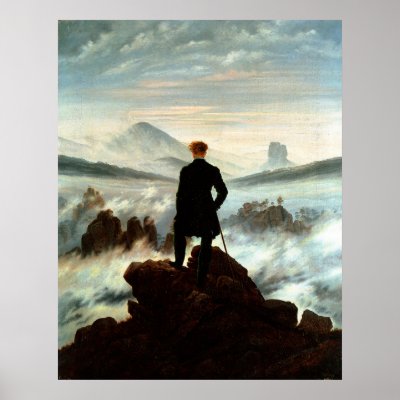 I have always loved the 1994 film Il Postino, about the Chilean poet Pablo Neruda, in exile (fictionally) on an Italian island. The film romantically ducks most of the struggles of the pre-Pinochet years (Neruda died only a few days after Pinochet seized power). It's a fantasy, a little like The Tempest, a film about forgiveness and metaphor on an island remote from political intrigue. It deals in words and desire, not least the desire of the postman-figure, a naif who learns the power of metaphor. It's a simple plot, really, a male-bonding movie with a twist -- here the Italian postman longs for the attention of the about-to-win-a-Nobel Prize Chilean poet; he loves, he loses, he finds love again. . .
I have always loved the 1994 film Il Postino, about the Chilean poet Pablo Neruda, in exile (fictionally) on an Italian island. The film romantically ducks most of the struggles of the pre-Pinochet years (Neruda died only a few days after Pinochet seized power). It's a fantasy, a little like The Tempest, a film about forgiveness and metaphor on an island remote from political intrigue. It deals in words and desire, not least the desire of the postman-figure, a naif who learns the power of metaphor. It's a simple plot, really, a male-bonding movie with a twist -- here the Italian postman longs for the attention of the about-to-win-a-Nobel Prize Chilean poet; he loves, he loses, he finds love again. . . Tonight we watched a Great Performances show we taped off NPR of an opera, Il Postino, based on the film. A Mexican composer, Daniel Catan, who died this past year, wrote the opera for Placido Domingo -- one of the first serious operas in Spanish to be performed by a major US opera company (LA, in this case). Catan's lush music is like Puccini, accessible, emotional, through-composed but with big aria moments -- largely, the poems of Neruda and the poems that he inspires from the postman. The postman's love-interest, Beatrice (yes, Beatrice, and Dante and D'Annunzio are both cited as sources for this improbably literary romance) gets some great tunes, too. But mostly, it's a love-duet between Neruda and the Postman -- when do two tenors ever get to sing like that together?
It was played without intermission -- maybe two or more hours. We sat and watched without a break. It was beautiful. Now I want to reread the book: Ardiente paciencia by Antonio Skármeta.
Daniel Catan died less than a year after the opera was premiered. Massimo Troisi, who played Neruda in the film, died just days after shooting the film. Let's hope Placido Domingo is spared. Here he is as Neruda.
Some scenes from the opera are on YouTube.


